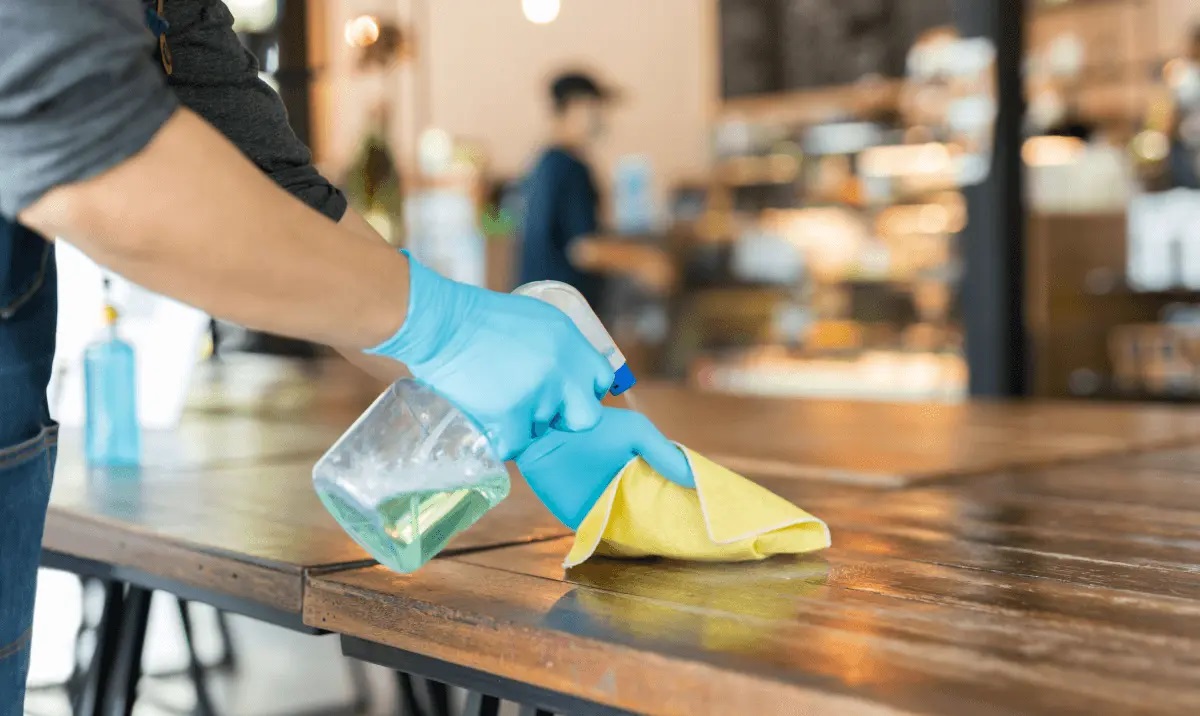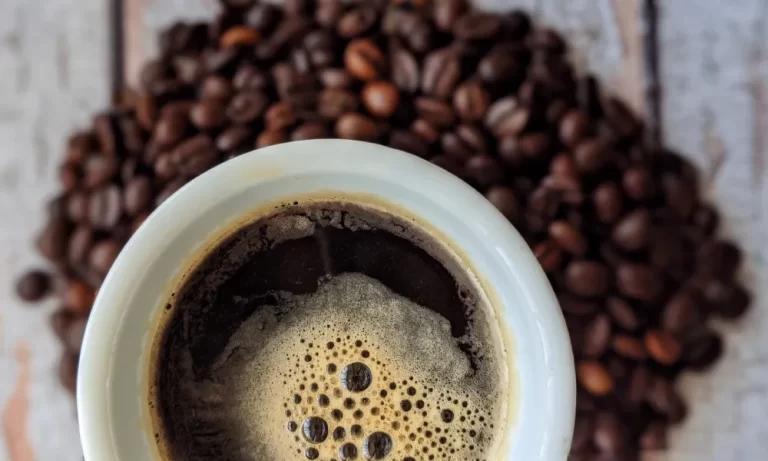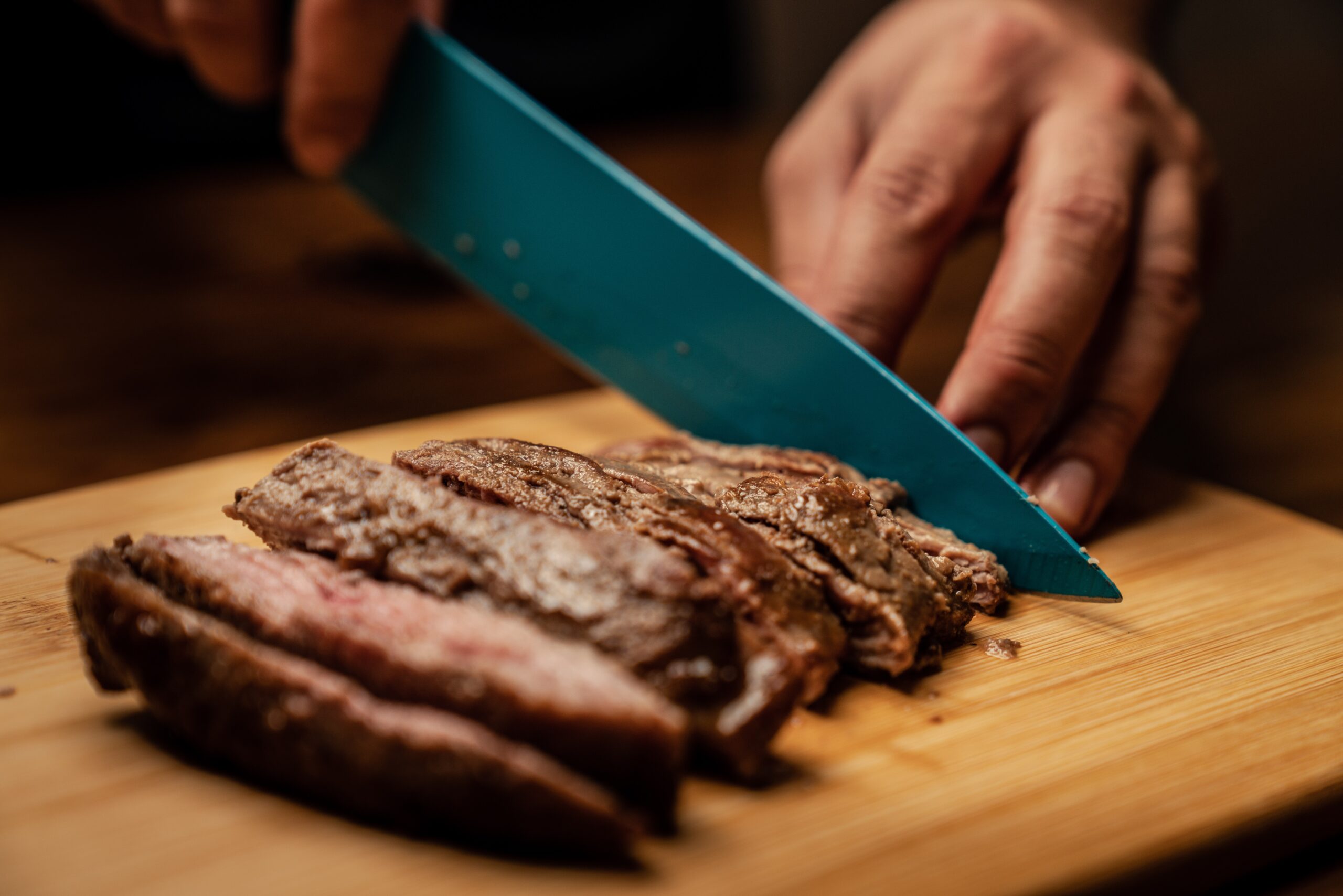
Restaurant Germs: Improving Cleaning Practices For Commonly Contaminated Surfaces
Microorganisms are an unavoidable part of our surroundings, transferring from one surface to another as we go about our daily routines. This is especially important in the food service industry, where keeping bacteria and other unseen contaminants under control is a continuous challenge. These tiny particles can be found everywhere, from bustling restaurant kitchens to snack counters at entertainment venues.
Ensuring cleanliness in food establishments requires a proactive approach to reducing the spread of germs, including bacteria, viruses, and other harmful pathogens. A key aspect of this effort is focusing on thorough equipment cleaning to eliminate persistent grease and buildup, making sure that cooking tools and surfaces remain properly sanitized. Pinpointing high-risk zones and concentrating sanitation efforts in those areas can play a major role in preventing contamination.
Utilizing solutions like a restaurant soak tank can be particularly useful for tackling hard-to-remove residue in frequently used areas. By following strict hygiene protocols, food service operations can significantly cut down on the presence of dangerous microorganisms. For a closer look at essential cleaning zones and effective sanitation techniques, check out the guide below.
More Stories
Stay Competitive with the Best Food Packaging Designs
I’ve worked with enough businesses in the food industry to know that packaging decisions are often rushed or treated as...
Fall-Off-The-Bone Goodness: A Rib Lover’s Ultimate Feast
For true barbecue enthusiasts, few dishes evoke the same excitement as a platter of perfectly cooked ribs. There's an unspoken...
Date Night Wines: Why Half Bottles Are the Perfect Pour for Two
When it comes to planning the perfect date night, wine often plays a starring role. Whether you are cooking a...
From Family to Table: Memphis Black-Owned Restaurants with Heart
Soul food is cooked in Memphis, but it is also handed down, preserved, and served with great pride. The culinary...
Hosting the Perfect Coffee Morning? Don’t Forget the Syrups and Sustainable Cups
There’s nothing quite like a proper British coffee morning—a chance to slow down, have a chinwag, and raise funds or...
Why Local Butcher Shops Are Better For Quality And Freshness
In a world where supermarkets and big retail chains are so prevalent, it can be easy to overlook the value...


















